Historic milestones
UIRR, the industry association of European Combined Transport, will celebrate the 55th anniversary of its founding in October 2025.
The association, which was started by 7 Combined Transport Operators, today binds together over 110 Operators, Transhipment Terminal Managers, technology producers and various national and global associations committed to the development of intermodal freight transport in Europe.
2025
55th anniversary of UIRR
UIRR celebrates the 55th anniversary of its founding in October 2025, having proudly created an intermodal community of more than 110 stakeholders including intermodal operators, terminal managers, partners and MoU peer associations.
The EU-funded project EDICT closes successfully
Coordinated by UIRR, the project partners demonstrated an improved data sharing and interoperability among the intermodal players.
2024
The Combined Transport for Europe Campaign (CT4EU) is relaunched

with the mission of promoting Combined Transport and supporting the revision of the Combined Transport Directive
UIRR Traffic Development
- 4 million consignments
- 83 billion tonne-kilometres (terminal-to-terminal)
CESAR-Next
the new tracking & tracing application is in full production
UIRR Policy Expectations 2024-2029
paper is published
2023
New ILU-Code portal

the modernised portal incorporates the ILU-Register: www.ilu-code.eu
UIRR Code Data Management Portal

the portal effectively supports intermodal digitalisation: www.cdm.uirr.com
2022
The UIRR Combined Transport Community reaches 100
consisting of operator and terminal manager members, technology partners and MoU peer associations
The UIRR Roadmap to Zero-Carbon Combined Transport in Europe is released
with the financial support of the European Commission
2021
The Combined Transport for Europe (CT4EU) Campaign is launched

with a mission to accompany the Greening Freight Transport legislative package of the European Commission
RNE and UIRR collaborate on railfacilitiesportal.eu
with the financial support of the European Commission
UIRR Traffic Development
- 5,1 million consignments
- 100 billion tonne-kilometres (terminal-to-terminal)
- 1 million TEU carried on intercontinental relations
2020
50th Anniversary of UIRR

UIRR celebrates the 50th anniversary of its founding in October 2020, with more than 70 Members, Technology Partners and MoU Peers making up the UIRR community.
ILU-CODE 10-YEAR OLD

10 years after its creation 99% of European intermodal loading units are marked with the ILU-Code.
2019
UIRR DATA MESSAGE UPDATED TO EDIGES

The EDIGES format is to replace the UIRR Data Message Format.
15-YEAR-OLD CESAR INFORMATION SERVICES UPDATED

The functionalities and user-interface of CESAR were substantially updated.
2017
UIRR Traffic Development
4 million consignments.
2014
New Articles of Association
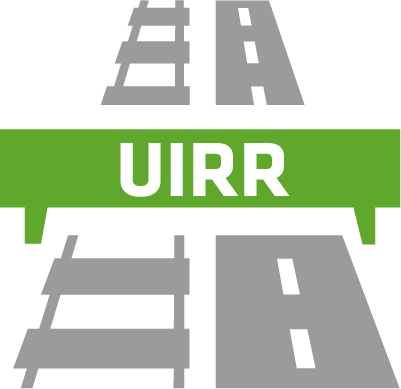
UIRR opened the association to accept membership of Transhipment Terminal Managers. The "Partner" designation was created to formalise the collaboration with the providers of intermodal technologies. The association has begun signing Memoranda of Understandings with Peer associations – ‘MoU Peers’ – that shared UIRR’s mission.
2011
Distribution of the ILU-Code begins

UIRR launched the www.ilu-code.eu website and begun distributing ILU-Code owner-keys to enable the standardised marking of European intermodal loading units – an essential prerequisite to digitalisation in the intermodal sector.
2010
40th Anniversary of UIRR
UIRR Traffic Development
3-million consignment.
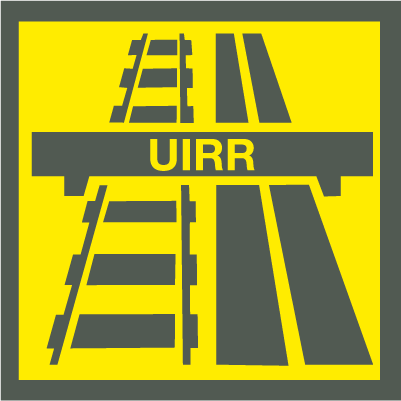
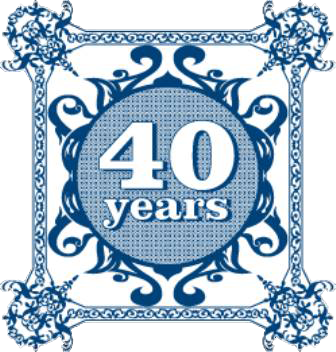
ILU-Code
EU Member States in CEN voted for the new standard EN13044, which created the ILU-Code identifier for European intermodal loading units and named UIRR as the Administrator of the ILU-Code.
2004
FOUNDING of the CESAR Information Services (CIS)

The CIS company is created by the CT operators Cemat – presently Mercitalia Intermodal (Italy), Hupac (Switzerland), Kombiverkehr (Germany), Novatrans (France) with the participation of UIRR. CESAR provides a logistical tracking service and works for customers of European Combined Transport.
2003
MARCO POLO Programme
The Marco Polo Programme aimed at taking goods off the road and putting them onto more environment-friendly modes of transport. UIRR supported the programme and participated in several projects.
2000
30th anniversary of UIRR
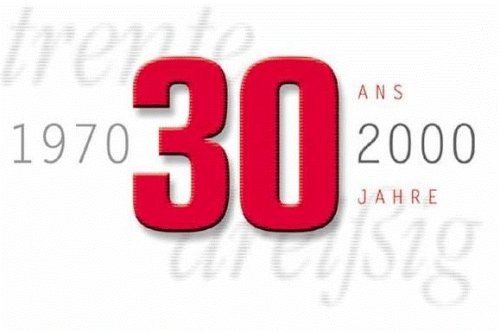
UIRR Traffic Development
2-million consignments.
1998
Revision of the UIRR General Terms and Conditions
CT operators take on more responsibilities towards customers.
UIRR Traffic Development
1-million consignments.
1997
New Articles of Association
As a final step to complete the transformation of UIRR the association becomes open to all European CT operators. The status of associated member is created.
The “CESAR” project
The EU-funded CESAR project develops a standardised IT interface between CT operators and customers.
1995
UIRR DATA MESSAGE
UIRR CT Operators agree the UIRR Data Message Format to enable digital exchange between Operators. UIRR issues the necessary customer- and terminal-codes.
1992
Directive 92/106 on Combined Transport and the PACT programme (Pilot Actions for Combined Transport)
UIRR transforms itself abandoning the coordinative functions that it pursued until the liberalization of the market. The association becomes an expert in PACT projects.
1991
Change of the Association

UIRR becomes a co-operative under Belgian law with its head office in Brussels, beginning to function as the industry association of Combined Transport. allowing it to offer more services to its member companies.
Cross-border Combined Transport traffic exceeds national traffic for the first time.
1990
DECLARATION OF BRUSSELS
An agreement signed by UIRR, Intercontainer and the railway undertakings of INTERUNIT to clarify the “continental” and “maritime” Combined Transport market segments.
1988
Opening of the UIRR LIAISON office in Brussels
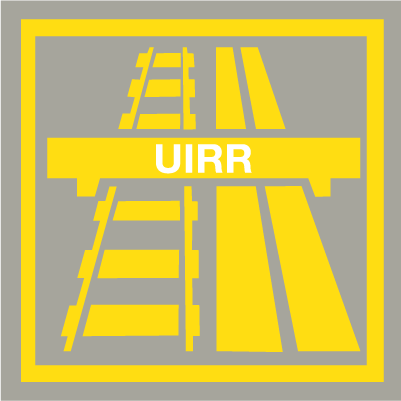
The enlargement of the European Union and an increased role for Combined Transport has coincided with the beginning of the legislative process to liberalise the EU freight transport market. UIRR members achieved 1 million consignments.

Martin Burkhardt organised the opening of the UIRR Liaison Office in Brussels.
1987
First articulated wagons
Articulated wagons, where three bogies are enough to support two platforms capable of carrying two semi-trailers or 45-foot containers, were first introduced.
1986
Increased impetus to vertical transhipment
With the growth of volumes, transhipment terminals are increasingly shifting to using rail mounted gantry cranes, which enabled a quality jump in the efficiency of transhipment between the various transport modes.
THE FOUNDING OF INTERUNIT
The branded collaborative platform of railway undertakings represented by UIC and UIRR CT Operators to promote Combined Transport and to jointly develop operational practices and technical standards.
1984
UIRR General Terms and Conditions
European-level General Terms and Conditions were introduced, harmonising the responsibilities and liabilities in border-crossing Combined Transport between the CT Operators and customers.
1983
THE MONTBAZON AGREEMENT
International Agreement signed between UIRR and European railway undertakings to establish the technical and operating framework for Combined Transport.
1981
modern rolling road wagons
Hupac and Kombiverkehr introduced 240 wagons with a length of 19m for RoLa (payload of 38t and later of 40t). That same year, UIRR members’ traffic performance reached 500,000 consignments.
1975
Directive 75/130 of the European Commission on the promotion of combined road-rail transport
The European economy suffered the oil shocks, which deeply impacted through dependency on imported oil, as well as recognizing the increased role of containers in intercontinental trade. The members of the European Economic Area decided that more intermodal rail transport was needed. The concept of the shortest road legs combined with the longest non-road legs was invented and Combined Transport was given a preferential status.
1973
Development of the first pocket wagon
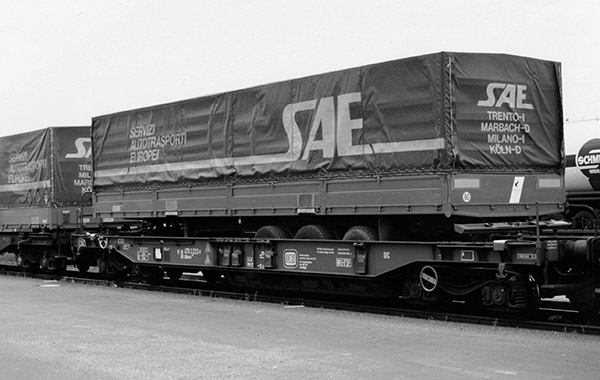
In cooperation with railway undertakings, the German, French and Swiss representatives of the UIRR Technical Commission developed the pocket wagon, which makes possible the rapid vertical transhipment and easy carriage of semi-trailers by rail – using unaccompanied Combined Transport.
1972
First International Rolling Road (RoLa) links

Accompanied Combined Transport, where complete trucks together with their drivers are transported by rail, is introduced between the cities of Cologne and Verona.
1970
Founding of UIRR
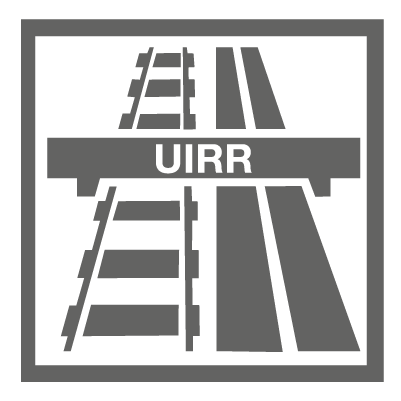
UIRR has been founded on 23 October 1970 in Munich in the context of the second international transport exhibition that took place there that year. The founding member companies were ASG – acquired by DHL Deutsche Post in 1999 (Sweden), Hucketrans – presently Rail Cargo Operator (Austria), Hupac (Switzerland), Kombiverkehr (Germany), Novatrans (France), Trailstar – presently Hupac Intermodal (Netherlands) and TRW – presently LINEAS (Belgium). The members organised unaccompanied Combined Transport using swap bodies and semi-trailers: at that time domestic traffic represented around 230,000 shipments, and there were only 17,000 shipments that were forwarded across borders. The mission of UIRR was to coordinate the national Combined Transport Operators, including the coordination of services and the co-production of trains.
ADOPTION OF THE first iso STANDARD on containers
The standard by the International Standards Organisation (ISO) sets out the dimensions of general purpose freight containers, also known as ISO containers.

